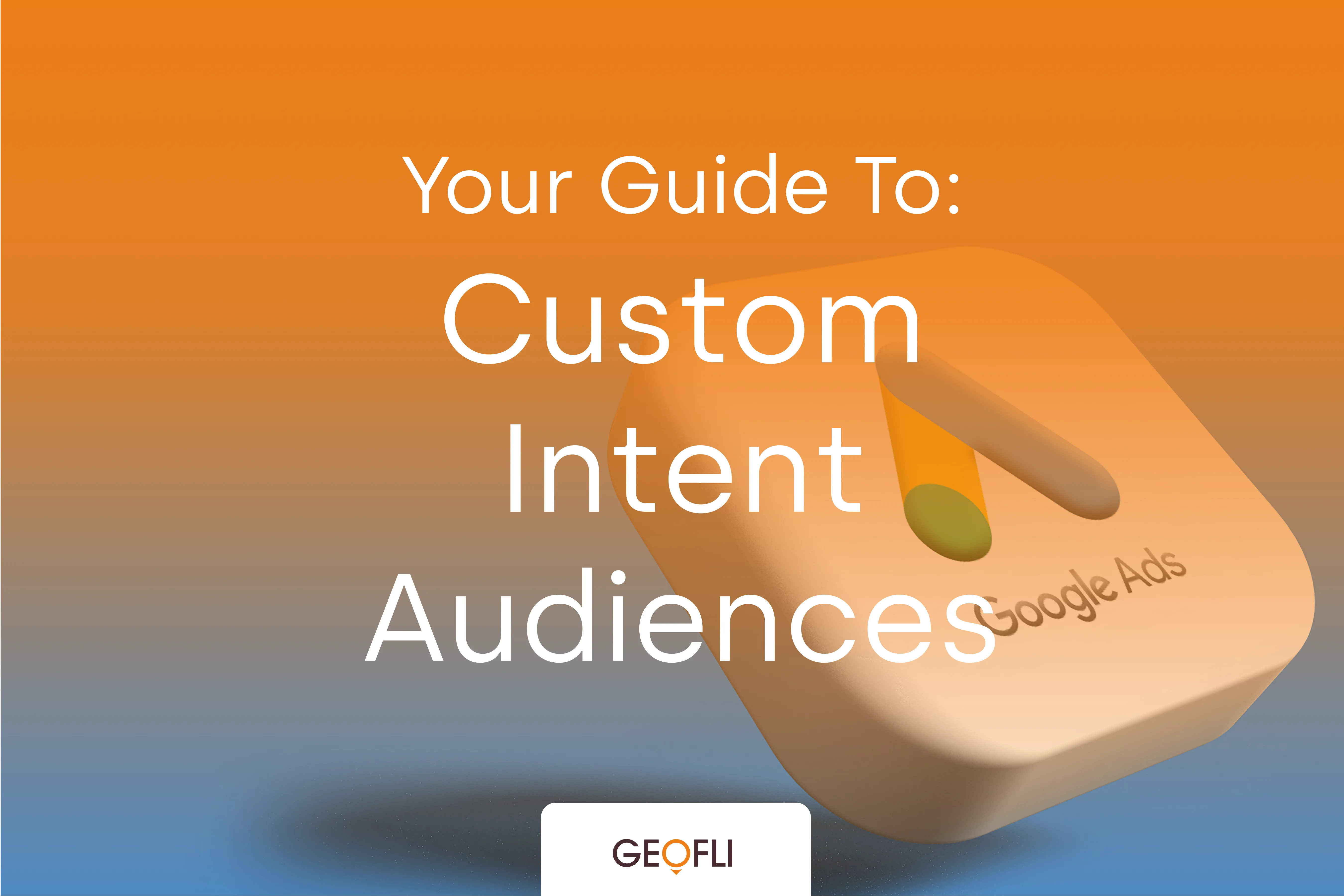
Custom Intent Audiences: Everything You Need To Know
This guide explains how to use custom intent audiences, now called custom segments, in Google Ads. It covers how they work, why they were renamed, and how to set them up and optimize them.
Successful digital marketing requires an understanding of the best practices that continue to evolve. Personalization is the current watchword for digital marketing campaigns. According to research from the Gartner Institute, personalization engines that use patterns to recognize customer intent allow businesses to increase their revenue by 15%. Further, a study from Accenture found that three-quarters of consumers are more likely to make a purchase from a business that recognizes them by name or knows their purchase history.These facts highlight that Americans do not run from personalization; they embrace it. Statistically, customers are more likely to buy when they feel a business knows them and what they want from a transaction. One simple method of accomplishing this is through geofencing, a feature that we offer here at GeoFli. Learn the benefits of this powerful practice and how it can help you achieve increased revenue for your business.
Geofencing is a service in which an app or other software application uses location technology such as RFID, Wi-Fi or GPS to trigger an action, such as a push notification, when a tag enters a predetermined geographic boundary, called a geofence. A business may elect for a software application or app to perform one of many actions when it enters a geofence: for example, the user might receive a text message, a targeted advertisement for a business or deliver other relevant content to a user’s phoneThe intent of a geofence can also vary: for example, some businesses use geofences for security reasons, while others keep track of employee activity or company property. However, one of the most important applications of geofencing applies to digital marketing and creating more personalized experiences for buyers.[caption id="attachment_2209" align="aligncenter" width="600"] A custom-drawn geofence targeting IP addresses from within selected region.[/caption]
Geofencing holds a lot of potential applications for businesses large and small alike. Its two main functions are to interact with customers and collect data about consumer behavior. Specifically, businesses can leverage geofencing to:
The potential benefits of geofencing within the digital marketing realm are extensive. Using location-based technology, businesses can better connect with their customers at the right moment, increasing the likelihood of a sale. The following are just a few ways that businesses can leverage the technology for increased revenue.
One of the main benefits of geofencing is it allows your business to target consumers and increase the likelihood of getting people to your business. For example, when a customer who downloads your app enters a predetermined geofence, your business could initiate an action such as a push notification for a coupon, or an offer based on a customer’s recent use or purchase history. This helps ensure a more relevant experience for your users and improves their buying experience.
When you provide relevant content and offers to customers and prospects at the right time, they are more likely to engage with your brand, leading to increased loyalty and brand advocacy. One way geofencing can be particularly useful is with regard to social media. For example, you could set up a push notification that encourages a customer to review their experience after they leave the premises. Additionally, you can set a prompt that reminds customers to “check in” to your business via Facebook to increase engagement across all your platforms.
Due to the highly personal nature of geofencing, businesses have the potential to make their communication processes more efficient. Actions like tailored offers, check-ins, and push notifications create a more intimate experience for buyers and keeps them continually engaged with your brand as long as they're within the same geographic area.Additionally, geofencing has a high return on investment compared to other forms of digital marketing. Mobile marketing can be a difficult marketing channel for businesses to master – consider, for example, that only 4 percent of users who initially download your app will still be using it within one year. This presents a unique opportunity for marketers to deliver a more interactive experience with which to fully engage your customer base.Relevant content targeted to the individual consumer provides a good platform to increase app use and remind customers that your business is not only still pertinent to their needs, but able to solve customer problems at the current moment. For this reason, geofencing has a significant return on investment that works seamlessly with your mobile marketing campaign.[caption id="attachment_8681" align="aligncenter" width="600"] Analyzing data allows marketers to learn more about their audiences.[/caption]
From a practical standpoint, a geofencing campaign will collect a lot of data about your customers. You can use the data that your campaign generates to better inform your content and learn more about your target audience. For example, you can learn which segments of your population seem to respond better to geofencing and where they're located. This can help inform bigger business decisions like expansion, franchising and more.Data can also help you understand your target audience better. For example, you might find that your target audience evolves based on the information you glean from a geofencing campaign. This may present a good opportunity to rework your buyer personas and think of ways to connect with your new target customers based on the data that comes through on your application.Personalization within the digital marketing realm helps increase conversion rates, improve brand advocacy and provide customers with the individualized shopping experiences research says they crave. By implementing a geofencing campaign into your business, you can bolster app use, improve your mobile marketing efforts and draw more customers into your store.

